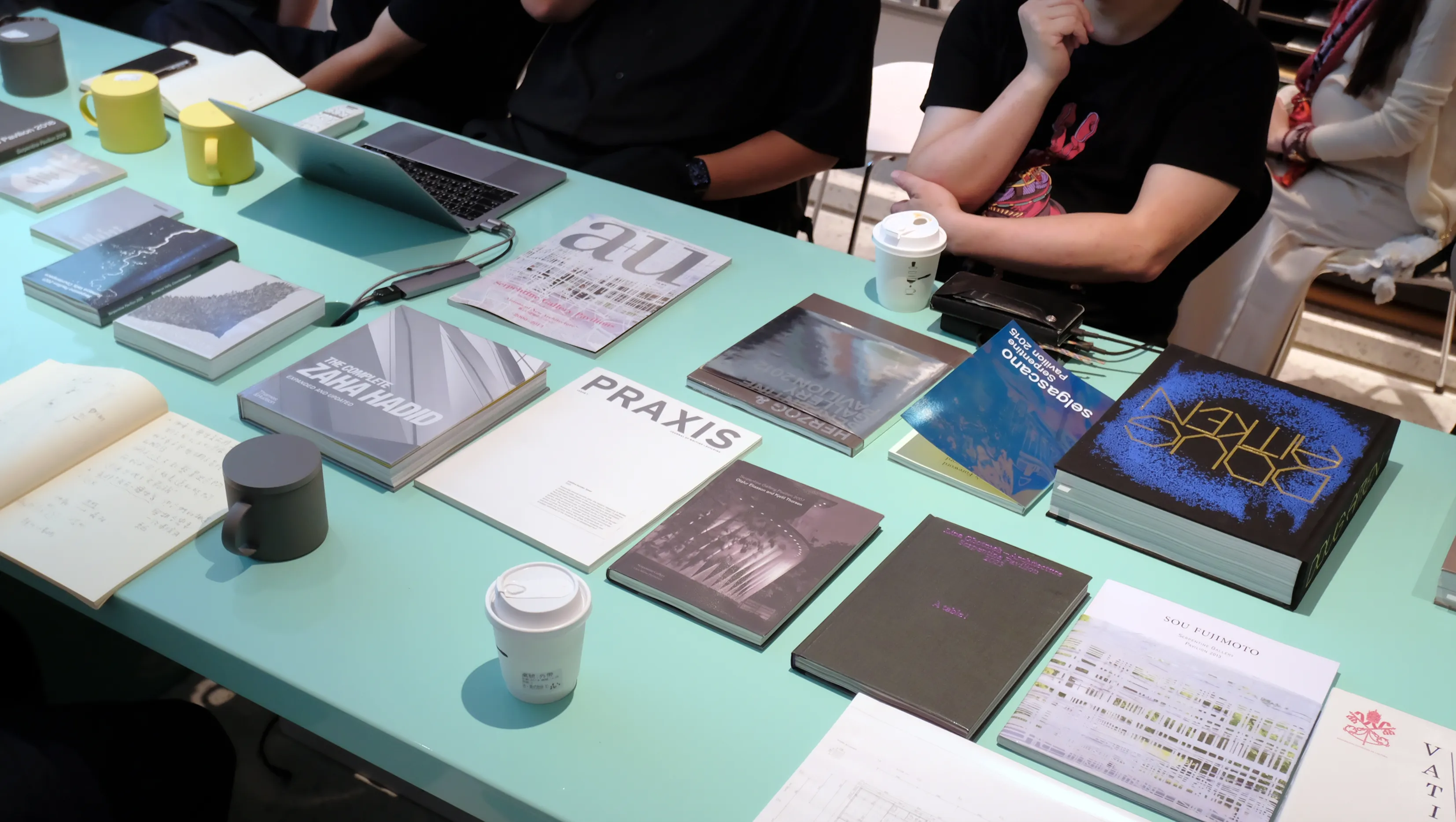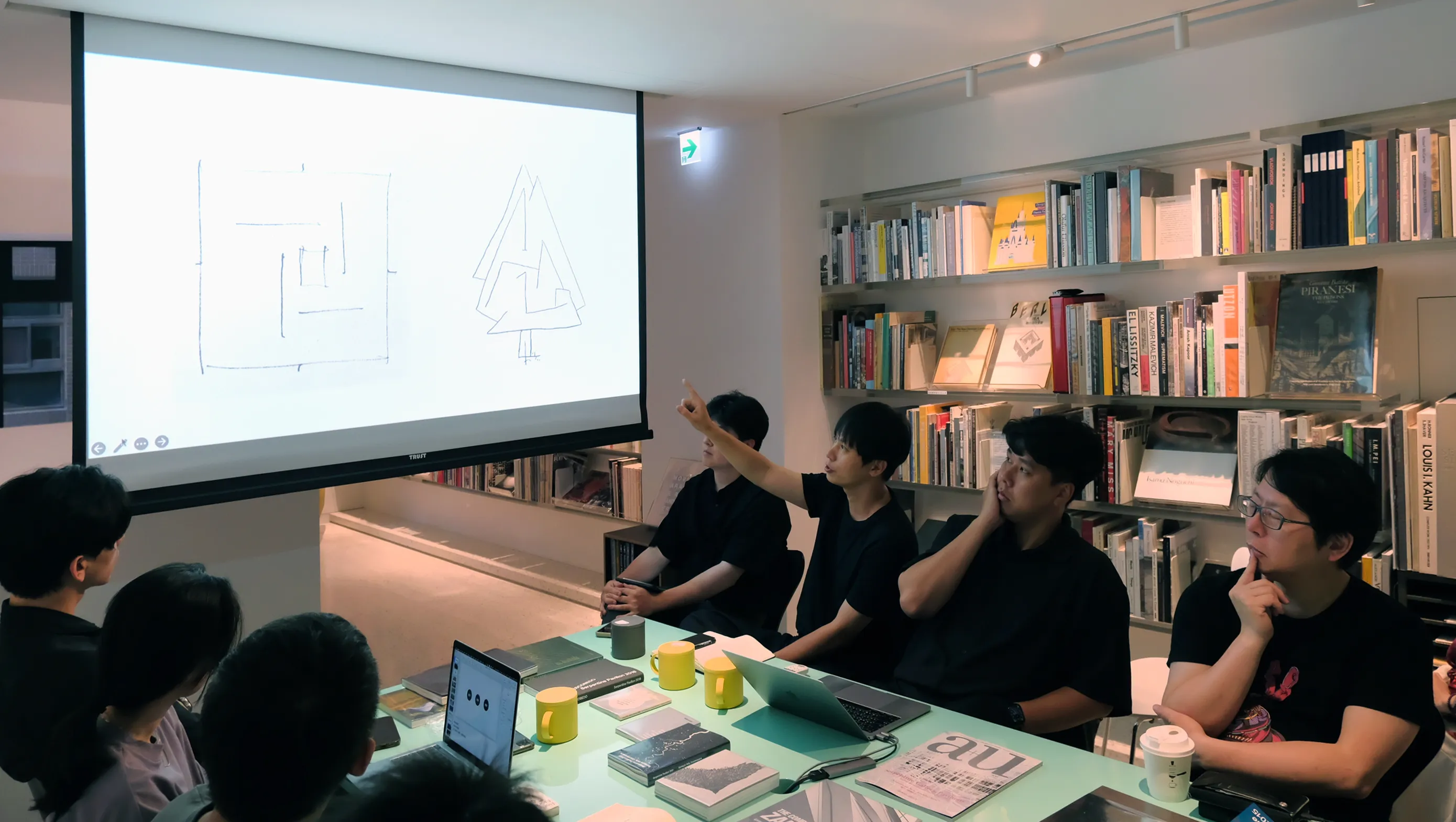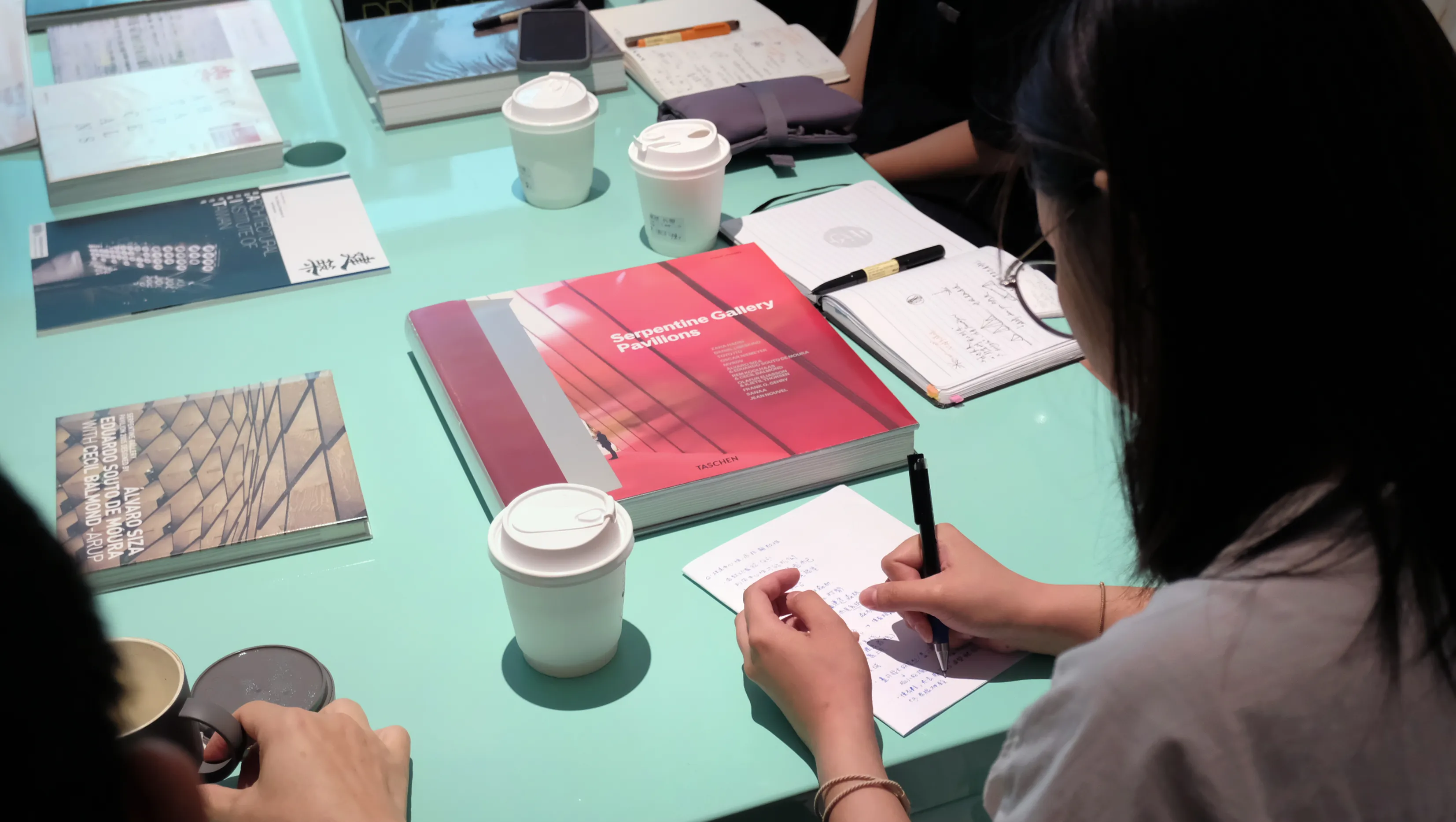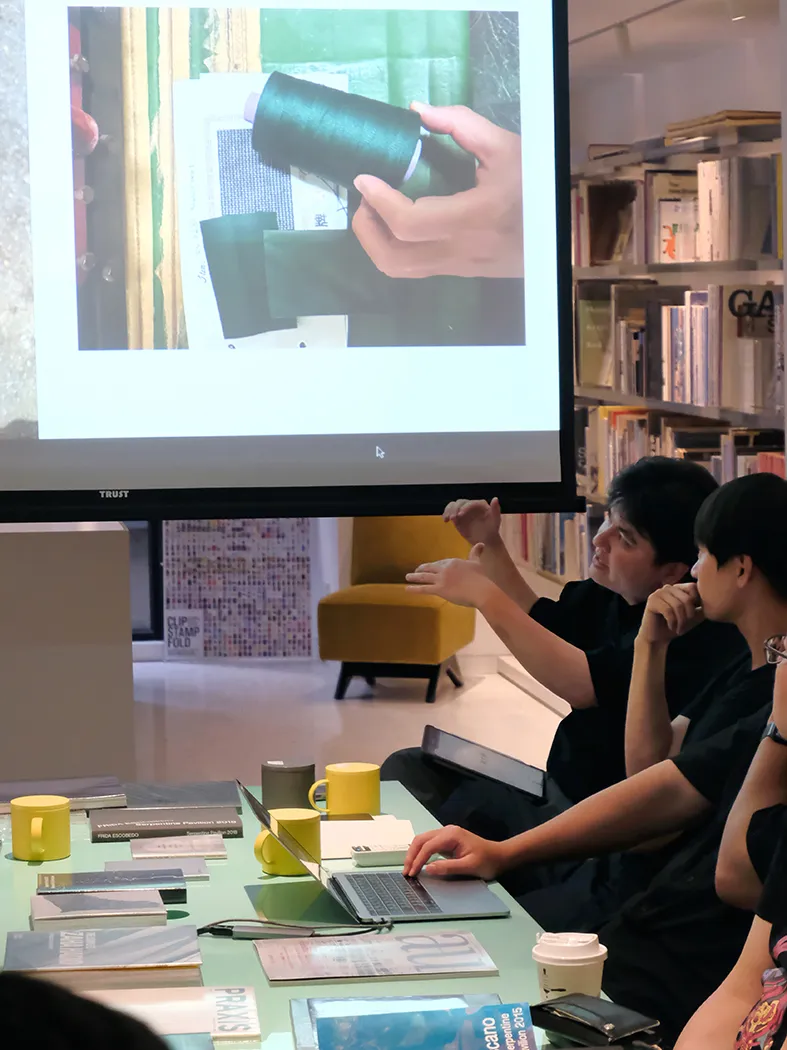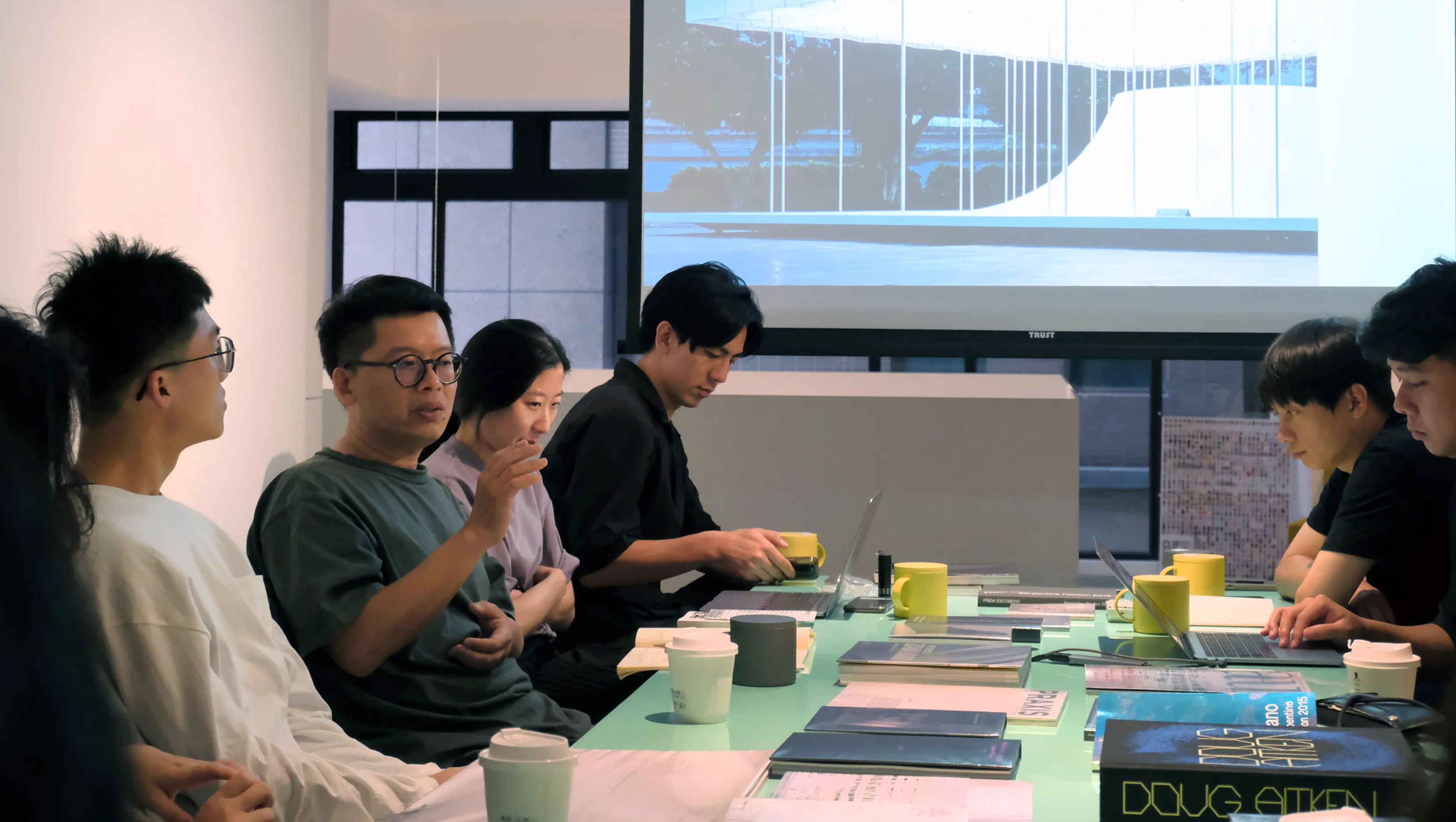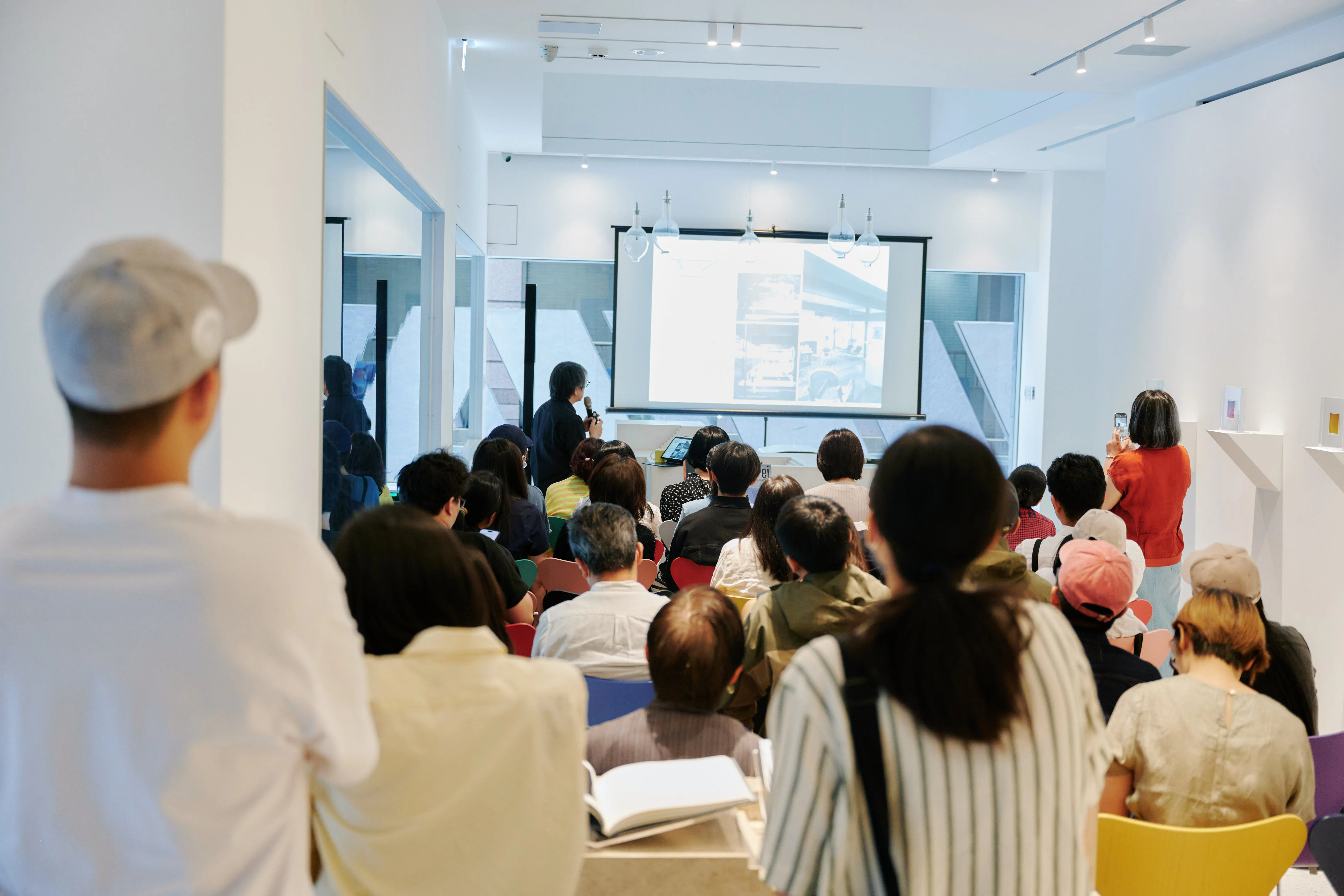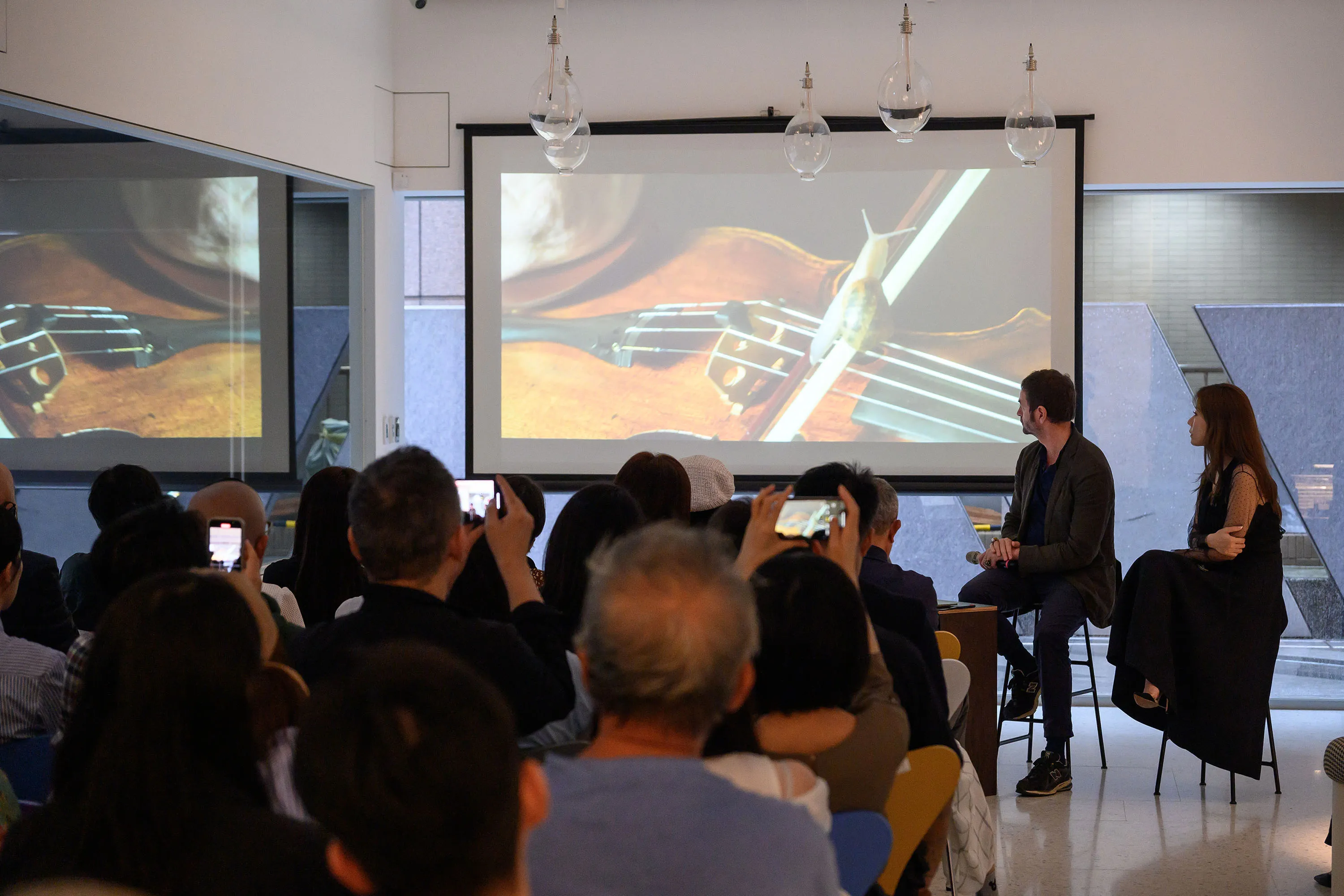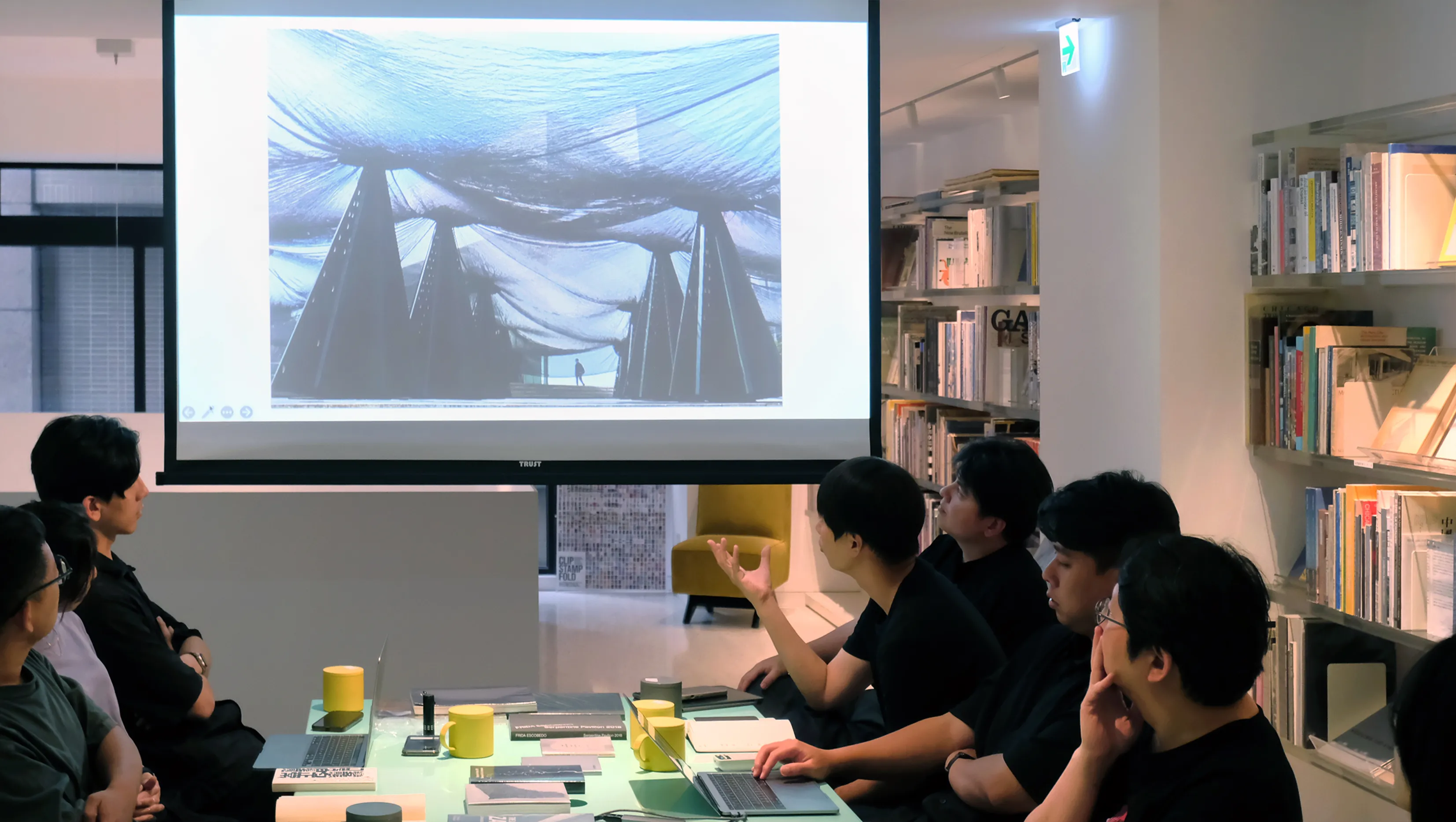
Book Exhibition Salon| Authenticity—A Dialogue about a Pavilion
Speakers
Think Studio 2024 North American Museum's 11th Site Project Award
Shen Ting Shen Ting Zeng Architect, Head Architect
Location
Winsing Art Place (No. 6, Lane 10, Lane 180, Section 6, Section 6, Minquan East Road, Neihu District, Taipei City)
Fee
$300 (including bookstore entrance fee and a cup of coffee)
Introduction
The Serpentine Gallery Summer Pavilion, held annually in Kensington Gardens, London, England, is considered the focal point of the architectural circle. Since the british architect Zaha Hadid (1950-2016) was invited to design a “tent” in 2000, the summer pavilion has become a routine commissioned work for the gallery. Important architects such as Ito Toyohsiung (2002), Oscar Niemeyer (2003) and Rem Koujas (2006) have been involved. In recent years, there have been many emerging architects, such as Francis Carey (2017), the winner of the Pulitzer Prize in 2022, and the youngest female architect to be elected, in recent years. Escobedo (2018) and Cho Minsho, the Korean architect who will bring this year's new design, continue to create a space that concentrates and reproduces the architects' emblematic design vocabulary on this magnificent green space.
Beginning in the summer of 2014, the “X-site Project” organized by the Taipei City Art Museum almost every year consists of a unique “construction” of a team of new architects and artists that takes one to three months to assemble unique “constructions” in the outdoor plaza in front of the art museum, similar to the starting point of the Serpentine Art Gallery Summer Pavilion. A temporary space filled with experimental focus, reflecting the public pulse and totality inherent in the City Square, presents a radically different landscape.
A special invitation to this book exhibition is a special invitation to the first prize winner of the North American Museum's 11th AP-site project in 2024 and Shen Ting Zeng, architect Shen Ting Zeng, who will host Shen Ting Zeng's architectural production. The theme of “Artistic - Conversations around the Pavilion” will be on the Analogue Forest on the North American Museum Square this summer.) Depart and, through the relevant selection, launch a series of discussions on the complete space in which the pavilion moves from subsidiary buildings to independence, across multiple fields of art, installation and architecture.
Event Recap
Following a rich introduction to the architectural topics of the previous Pavilion, this Salon will discuss the attraction of foreign cases to Taiwan and explore this architectural space further from the X-site project of the Taipei City Museum of Art. When the presence of pavilions gives architects the opportunity to express ideas about their work and explore creatively, what kind of work will these small, temporal spaces have? What is the relationship between the creator and the audience?
The members of this year's first prize winner, Sensation Studio, Zheng Hao Chung, Chiu Yuanfu, Zhang Boyun, Chen Sian, and Wong Yu-Tzu, came to the Art Gallery's bookstore to share their work “Analogue Forest” from the architectural, technical and artistic levels. Starting from the core idea of “building as big as possible on a plaza,” the team attempted to create a building site. Through the operation of engineering structures, building elements, and scales, the viewer feels that it is a building and can recall the sensations that will be embodied in the space in the future. Under this goal, a series of rigorous iterative calculations and tests, with precise construction, an immeasurable sensory experience has been created, as if it were a forest.
The whole work comes from a diverse combination of elements conceived by the team for structures and buildings. In such a context, the “idea of the forest” is created unintentionally in the course of the design development. This structural system of columns and netting does not simply want to imitate trees and swaying leaves, but in essence to create a large building, just the possibility of reproducing the experience in the forest in the process of construction. In addition to “Analogue” in the subtitle of the response, it can also be said that the work corresponds to Analogue Architecture in the thesis.
The team captured the feeling of the forest through pavilions, weakening the artists' sense of existence and allowing the natural atmosphere to flow into the canal-like area. Guide the public to enter, stop, get lost, or find their own corner using the base's existing line layout and elevation differences. And when people gather here, events naturally happen here. With this, we develop a series of public programs that reflect on the relationship between people and objects, the relationship between nature and people. The invited guest on the day, as well as Shen Ting Zeng, the first award winning architect of the Pak Site Program 2016, shared at the end of the talk: Constraints in the design process often bring possibilities, but often come from the outside. And to feel that the studio, in addition to the existing limitations of the base, created internal constraints for itself in the design, also laid an important foundation for the work, allowing us to see the new possibilities of the X-site project.

